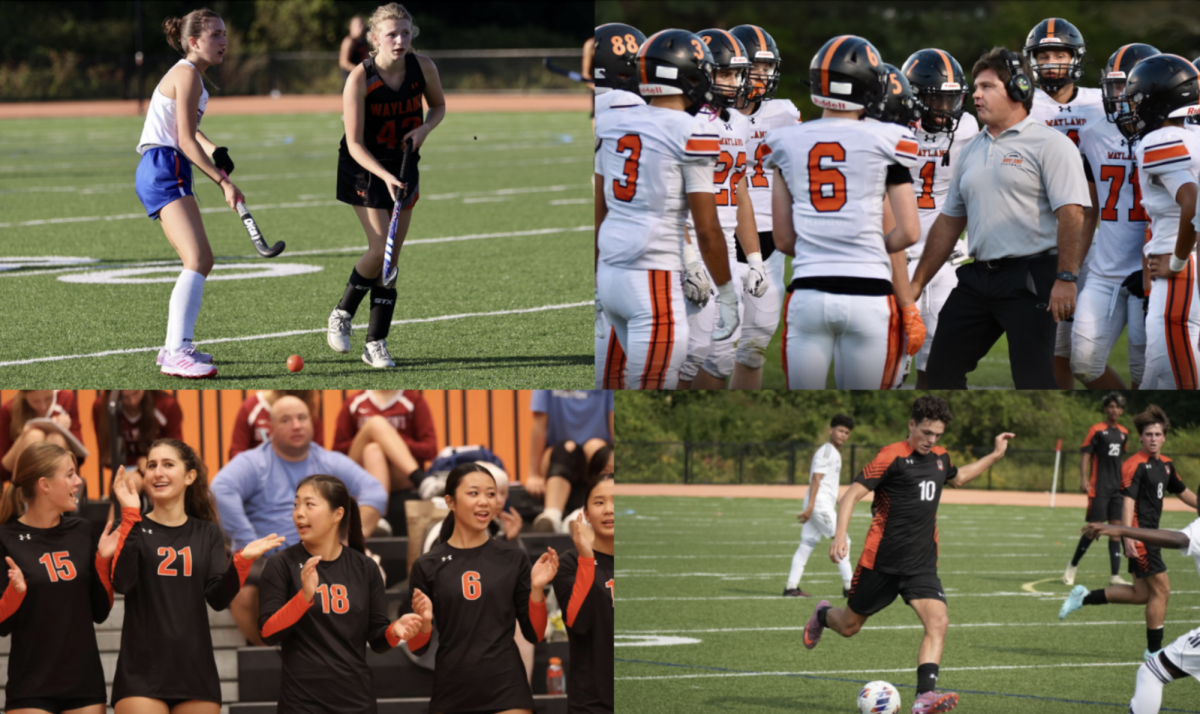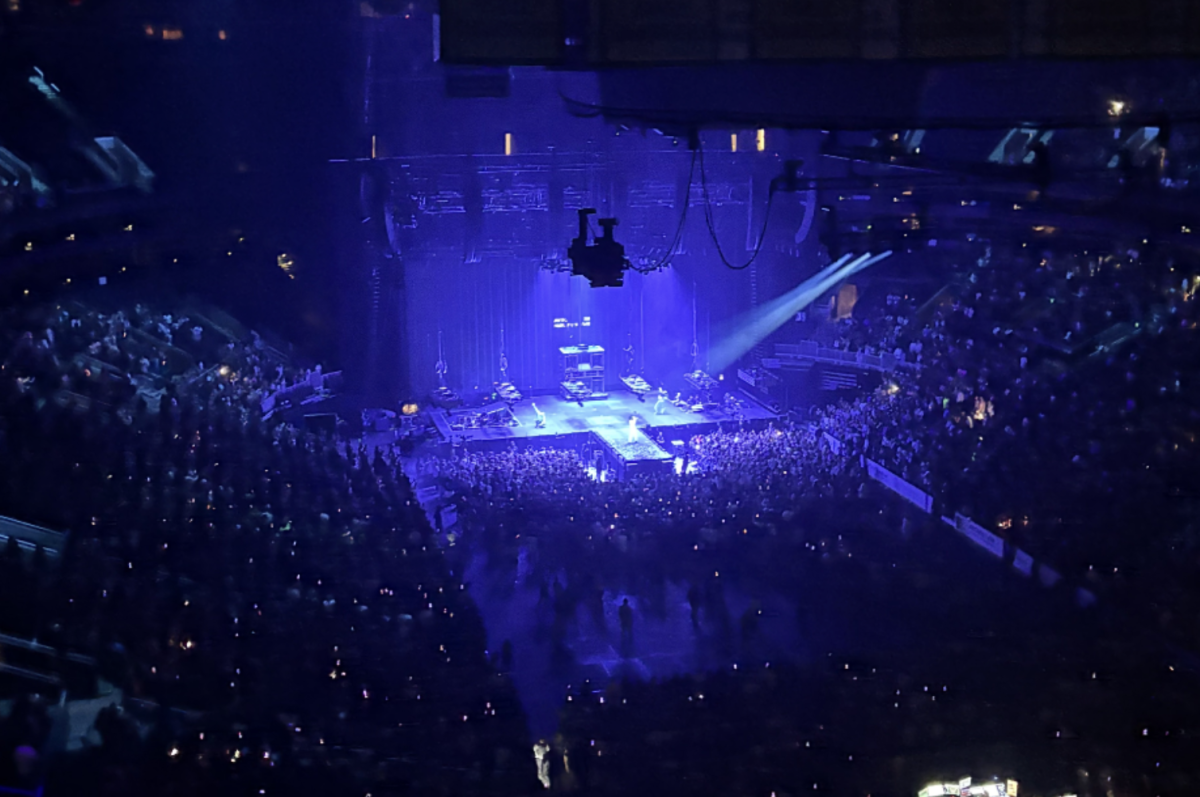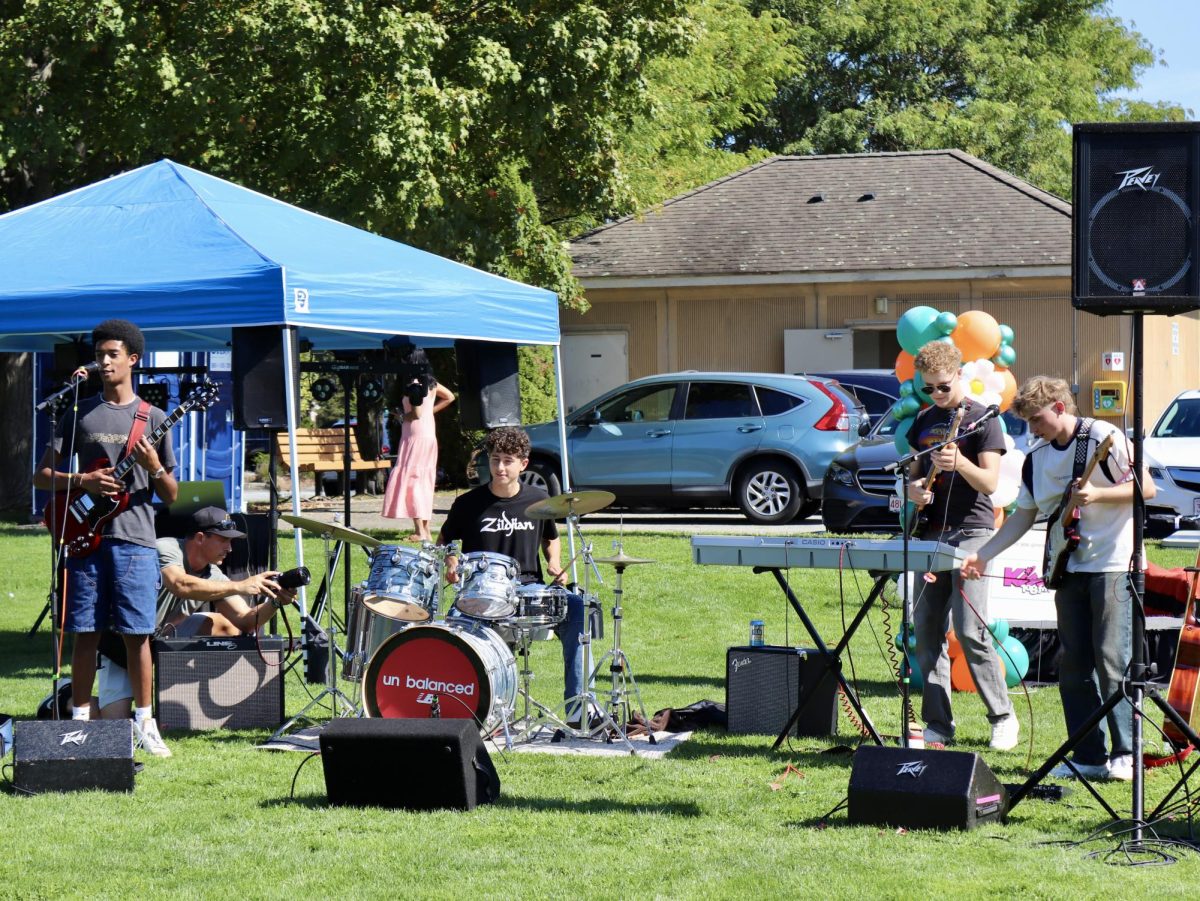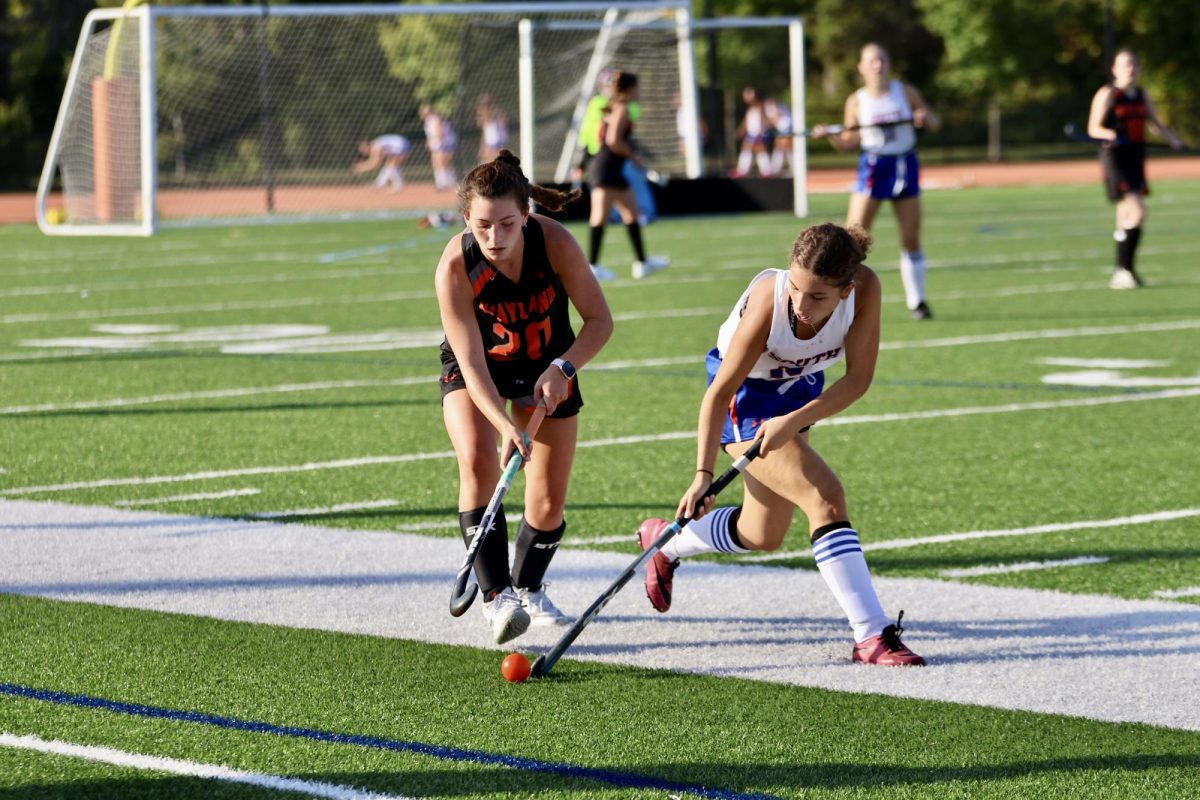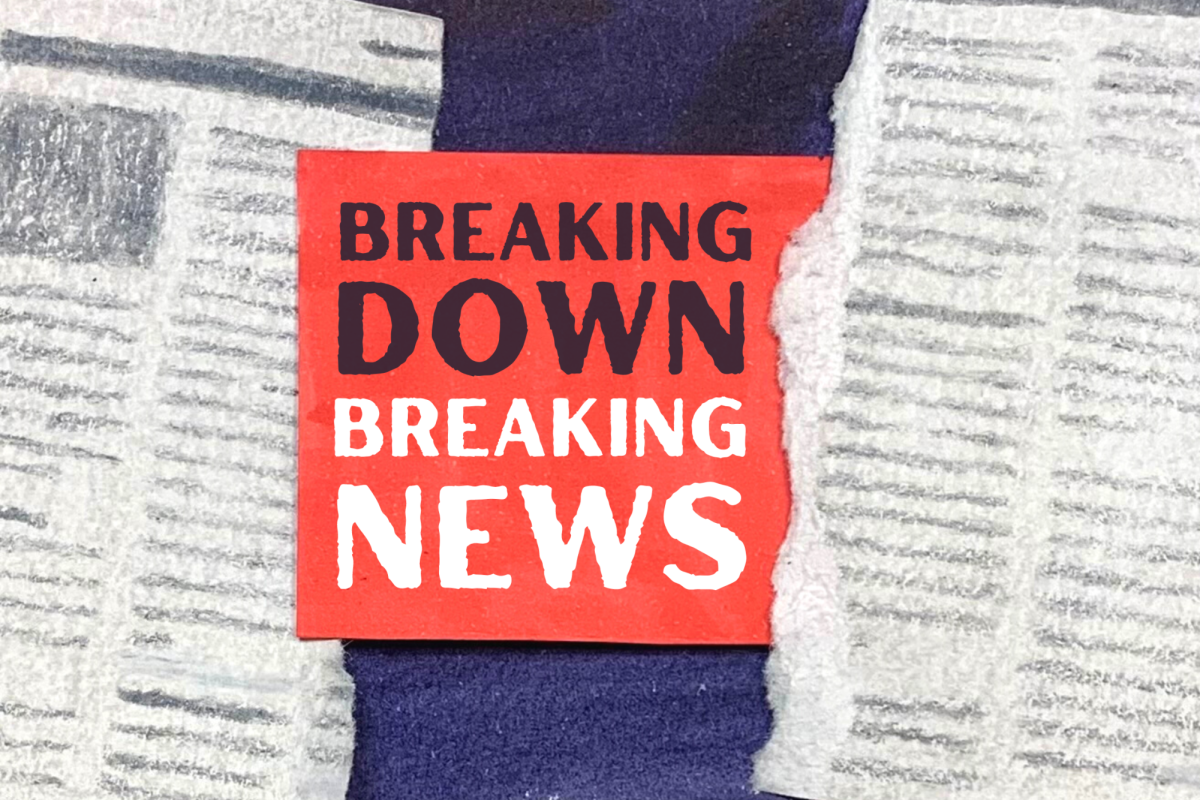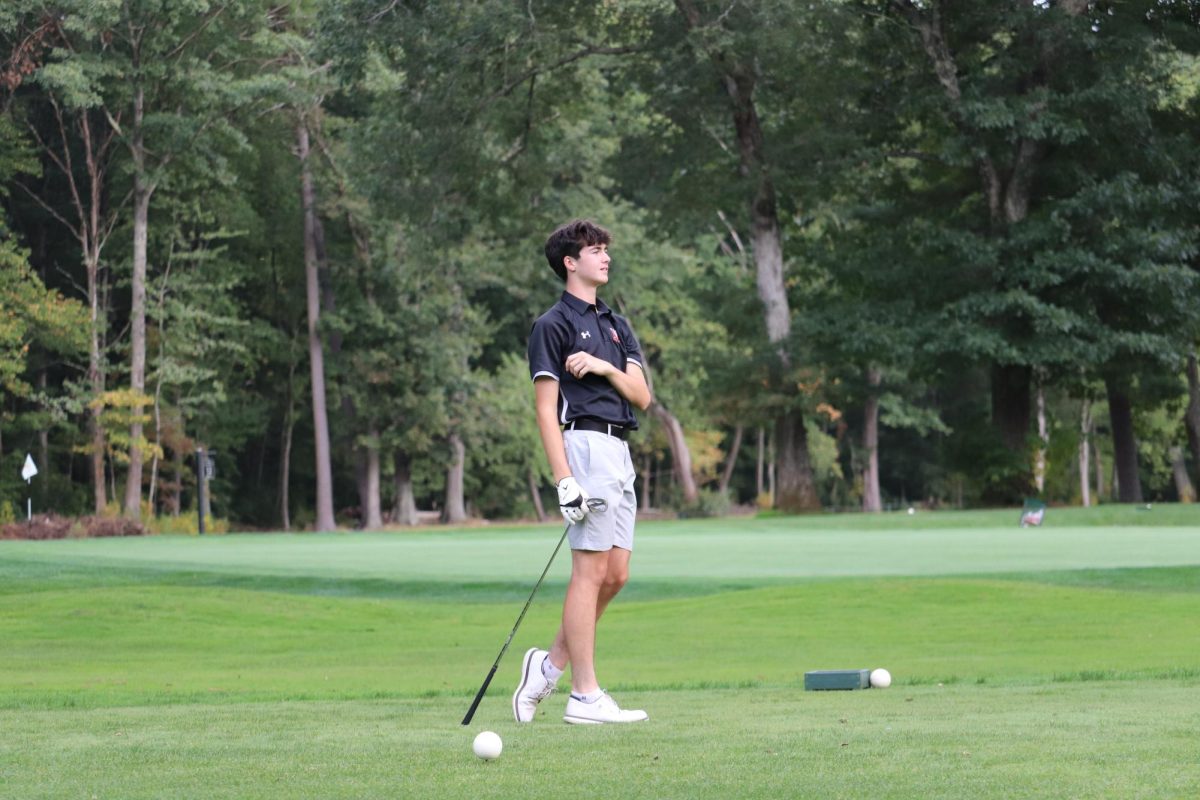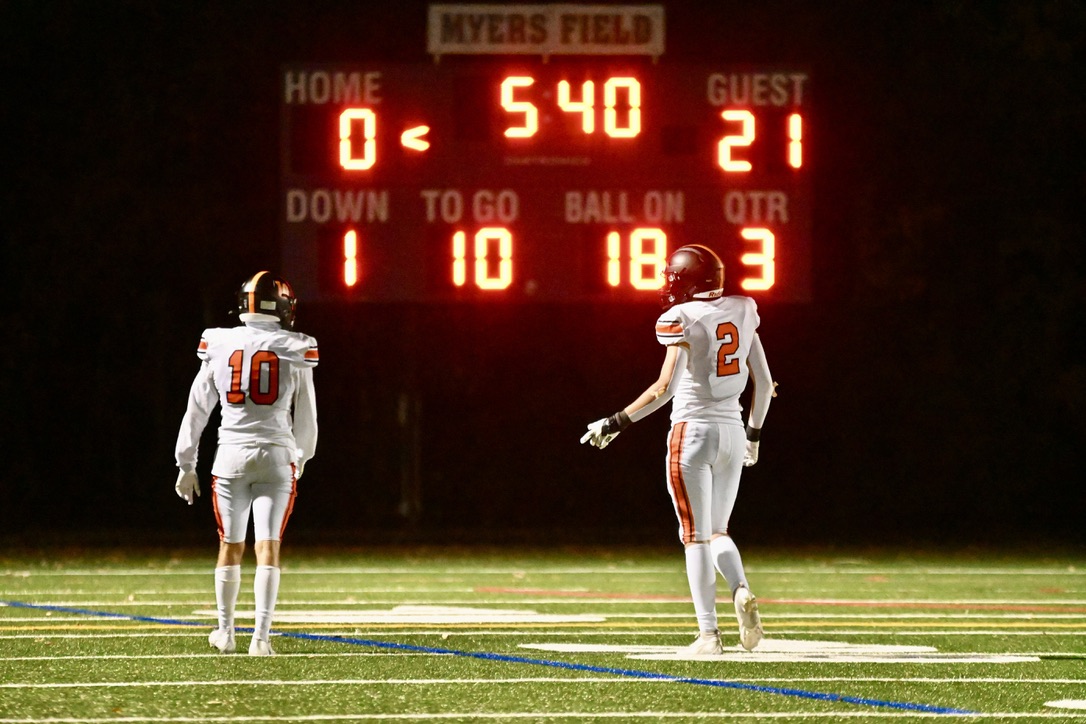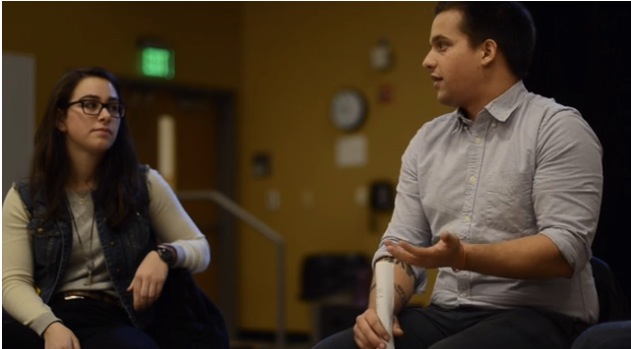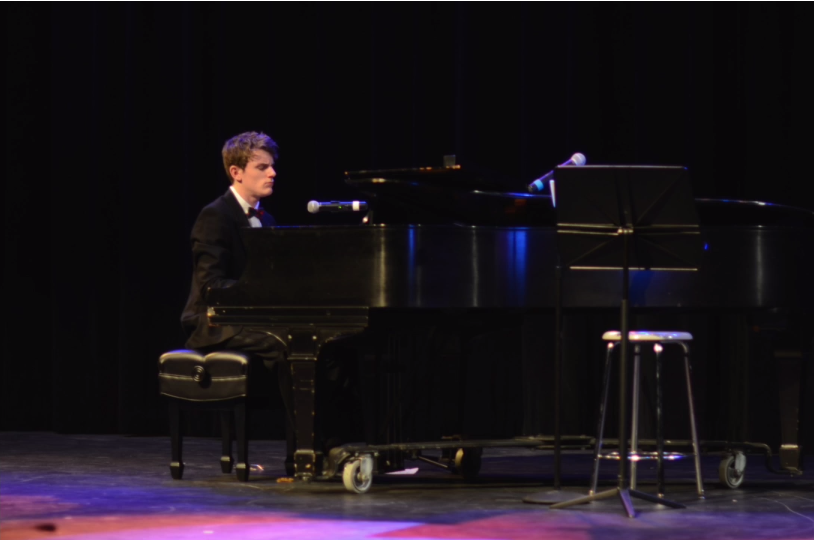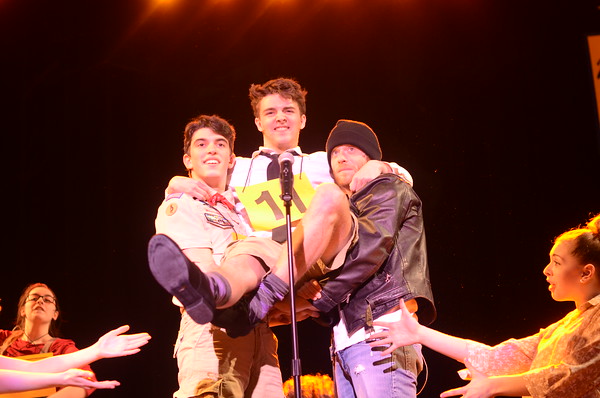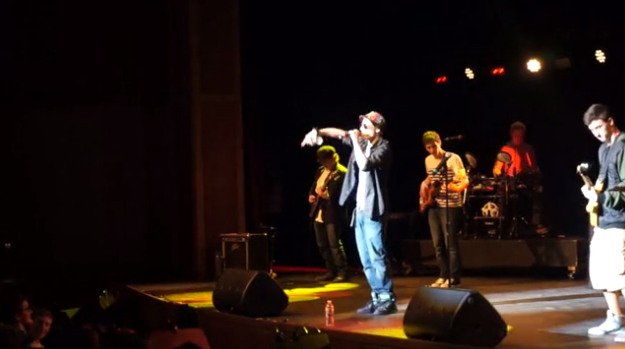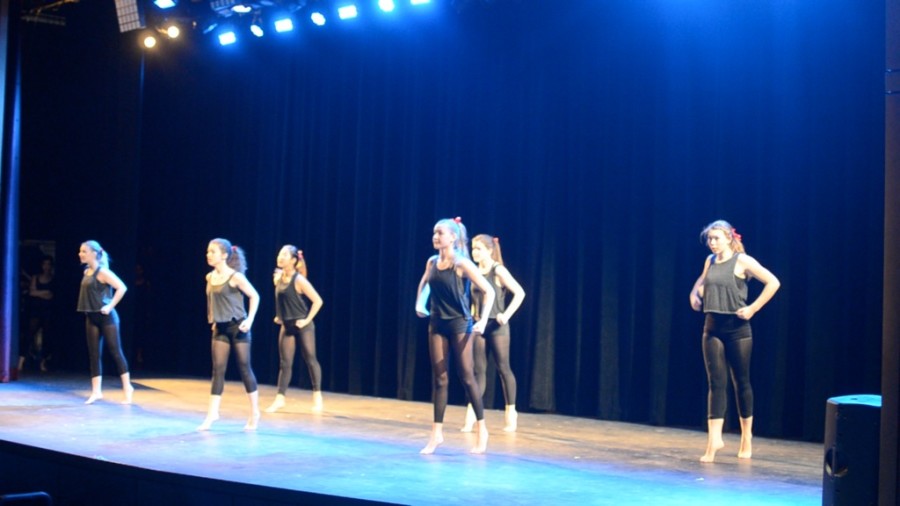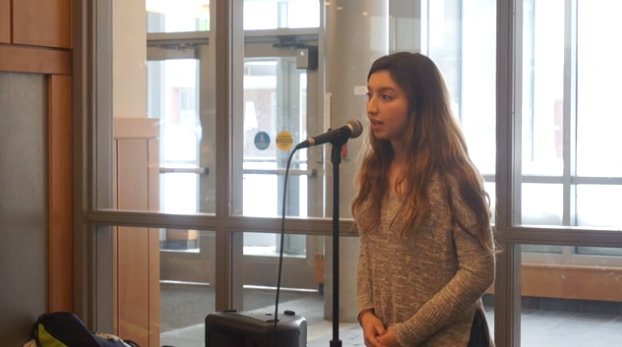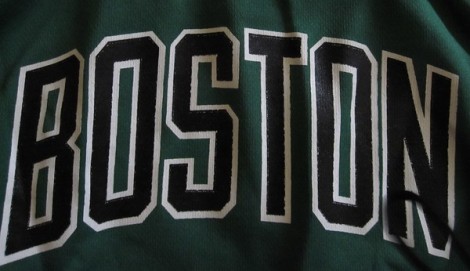
Stephen Pagliuca is a native of Framingham, Mass. who went on to play college basketball at Duke University and is a managing director at Bain Capital, but that’s not why a crowd of students and teachers alike were attracted to the auditorium Friday morning. It was because of Pagliuca’s co-ownership of the Boston Celtics.
Pagliuca explained that he and his colleagues did not inherit a good team at the start of his ownership. They needed a precise plan in order to build the now historic franchise. This plan included three key parts.
The first was to build a championship caliber team. This required “A players,” “technology” and “strategy.” This means the organization would need to acquire good basketball players, institute top-notch technology to help with scouting and others processes and develop great basketball strategy with the coaches they hired.
Pagliuca also discussed how they wanted to improve “fan experience.” Game tactics such as cheerleaders, music and interesting halftime shows would make attending games more fun.
The third aspect of the team’s plan for success was getting more involved in the community. The Celtics Shamrock Foundation donates $50,000 to various charities they are partnered with. Celtics players are often sent to attend these organizations’ events. Pagliuca believes that being more involved with the community can improve the chemistry of a team and be a source of pride with the fans.
This three-point plan eventually paid off, as the Celtics took home yet another championship in 2008.
Another topic Pagliuca brought up in his presentation was the hope for Boston hosting the 2024 Olympic Games. Recently Boston won the U.S. bid to hold the games after beating out Los Angeles, Washington D.C. and San Francisco. Boston will now compete on the world stage against international cities for the privilege to host the Olympic Games.
Pagliuca pointed out that Boston has a good shot at winning because of certain advantages it has over the other competitors. The Boston area has around 100 colleges and universities. This provides the facilities and dorms needed to accommodate the events and athletes.
Pagliuca additionally explained that all the events could be held within a three mile radius. That would make getting to the different events much easier for visitors because they could simply walk instead of using public transportation.














